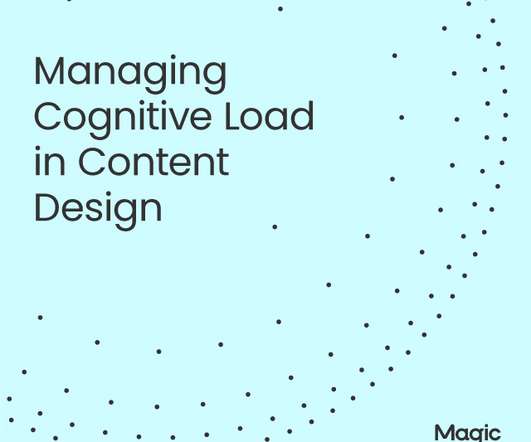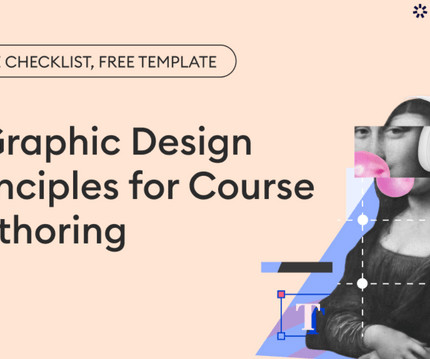Managing Cognitive Load in Content Design
Magic EdTech
DECEMBER 22, 2021
All these cases hint at information overload. Cognitive load theory in Instructional Design comes to the rescue. The theory was proposed by John Sweller in 1988 and is built on the way the human mind processes information. Cognitive load relates to the amount of information the working memory can hold.




























Let's personalize your content